11:11 PRESS INTERVIEW - JAKE REBER
11:11: ZER000 EXCESS is part poetry, part theory, part graphic novel. It spans this incredible range of genres. What was the process of putting this book together like? Did you know what you wanted to make going into it? Did you know it would end up looking like it does now?
Jake Reber: I often work through a slow process of collection and cataloging. I move through various media and drop links, fragments of text, visual structures, etc. and then split them into folders on my computer. It’s not a particularly clear process, but I think of it as a documentation of my reading practices. I typically start with a clear sense of what I want, but these fragments slowly overtake the project, contorting the original vision towards something else. Often, I want something really lucid, minimal, open, etc. but I end up with messy, excessive textual sludge.
11:11: Where do you see this in relation to the other books that you’ve published? Is it a continuation of the project of texts like Invasive Species and Exit Ambition or more a departure? Do you create each new text in conversation with your larger body of work?
JR: I have a difficult time separating or drawing lines between particular projects. The most useful points of departure are created through artificial constraints or the material specifications of the book object. There is a continuity of thinking patterns or a movement between various patterns of thought that seem to proliferate across projects and also generate new projects in the process. Sometimes what I find even more difficult is to find the points of blurring between my reading practice and writing. I can easily trace the cluster or network of text that I was reading while constructing a manuscript. Well I often use practices of appropriation or remixing, there is also a certain attempt to process and place text in conversation with one another. Writing a book allows me to imagine what it would be like to splice together a few of my favorite texts.
11:11: What is ambient body horror?
JR: This idea emerged alongside the final stages of constructing the text, so it’s a really loose mapping of what is happening in the text. I’m really interested in thinking of the ‘ambient’ as a slippery modifier – distorting the sense of body and horror – and these terms also reverberate back to modify the ambient. In other words, I find the friction between these terms more interesting than their significance in isolation. This is partially how I am thinking about the ambient -- a certain sort of simultaneous layered experience, entangled with modulations of reading environments.
I also think it's useful to think about the particularity of the ambient within literature and text compared to other mediums and artforms, while also looking for the continuity between forms. Or maybe I’m interested less in an ambient literature and more an ambient reading practice -- a reading practice that slides between modes of attention and inattention, opening the possibility to rework the space where reading happens, between the reader and text. A form of reading that accounts for the other variables that distort and reconfigure the experience of spending time with a book -- what cuts into and integrates with the particulars of each reading experience? I’m really interested in the ambient sorts of experiences offered by attending to the mundane happenings that frame reading -- size of the room, color of wallpaper, sounds and general noise, furniture (being used and in close proximity), electronic devices, other people, observed movement, generic distraction, etc. The book is somewhere within this mesh of attention, and I like the idea of a book (and reader) letting it in. I’m thinking now of Vito Acconci’s Open Book: https://www.ubu.com/film/acconci_book.html
11:11: Portions of ZER000 EXCESS are made from repurposed materials--wikipedia articles, heavily distorted images, etc. And I think this element really embodies the mutative qualities of the text. Do you think of the text as a dynamic object? Something capable of change / evolution?
JR: Yeah, definitely. I think of the text as a site of reading, which is always modulating and shifting as it's recontextualized by forms of proximity -- new times and spaces reconfigure the book.
As I reread, I'm always finding new things within the text, experiencing new sensations, and thinking differently. It can also drag precious feelings into the present -- either way it acts on a reader to pull the past forward or open into new possibilities.
11:11: Do you often read while assembling your work? Are there certain books that you revisit when you’re having trouble figuring out where to go with a given project?
JR: Most of my books are really just reading notes or documents of my reading habits. Traces of other books and my writing are completely entangled.
It's not necessarily about the same sort of content as the books I’m reading, but it ends up being a reflection of the way a book takes up physical and psychic space, within my body and in near proximity.
When writing I get very interested in how other books navigate the interplay between the material substrates, formatting and design, the body of text, and the conceptual content. The zones of friction are where I'm drawn in, and this usually leads me back to writing, documenting, transcribing, archiving, etc.
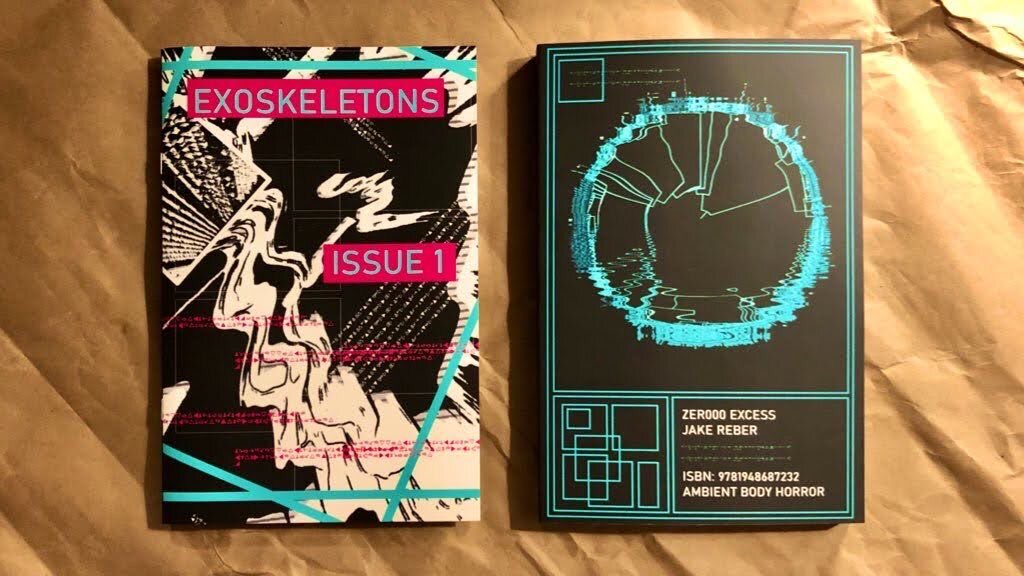
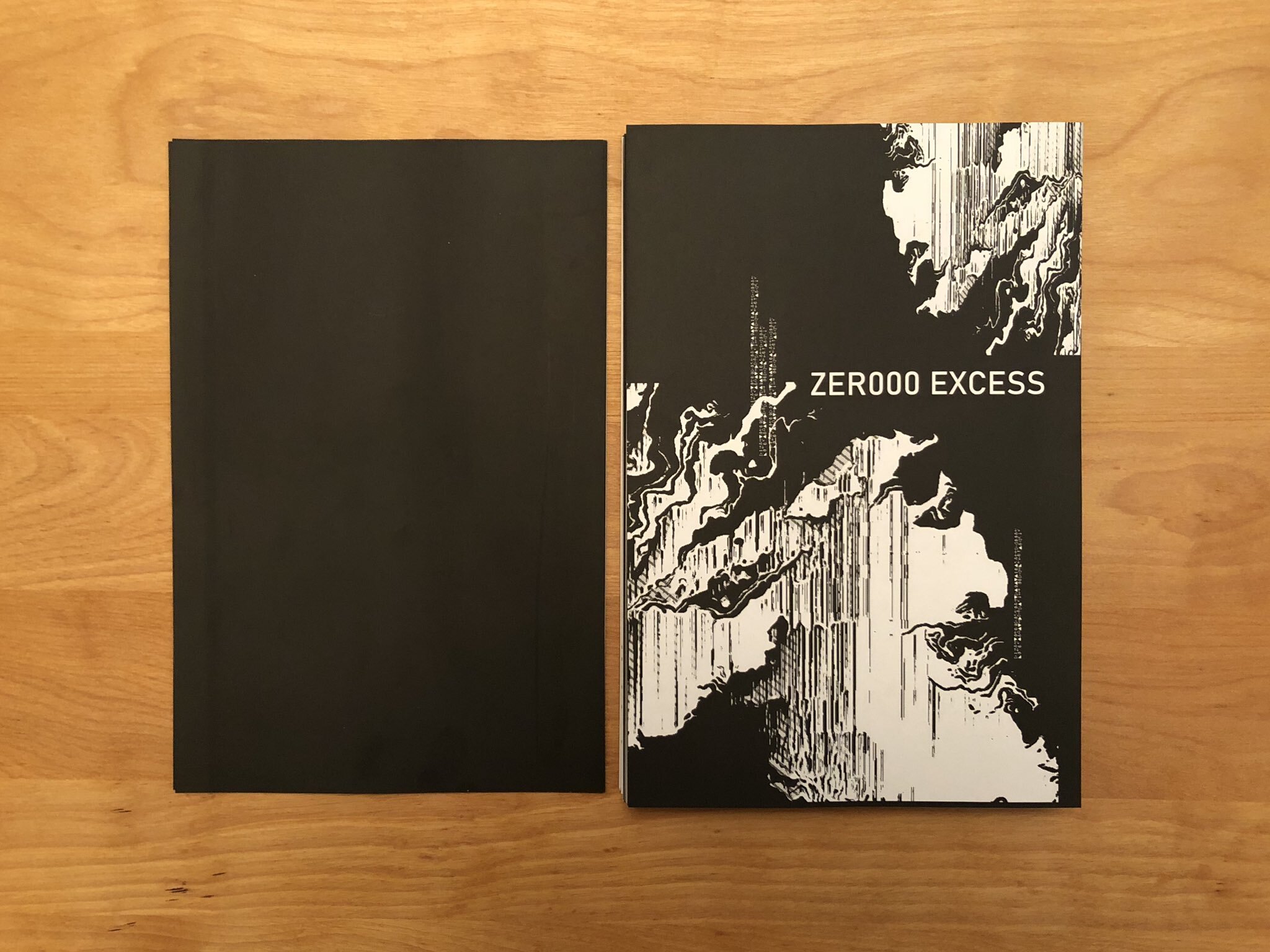

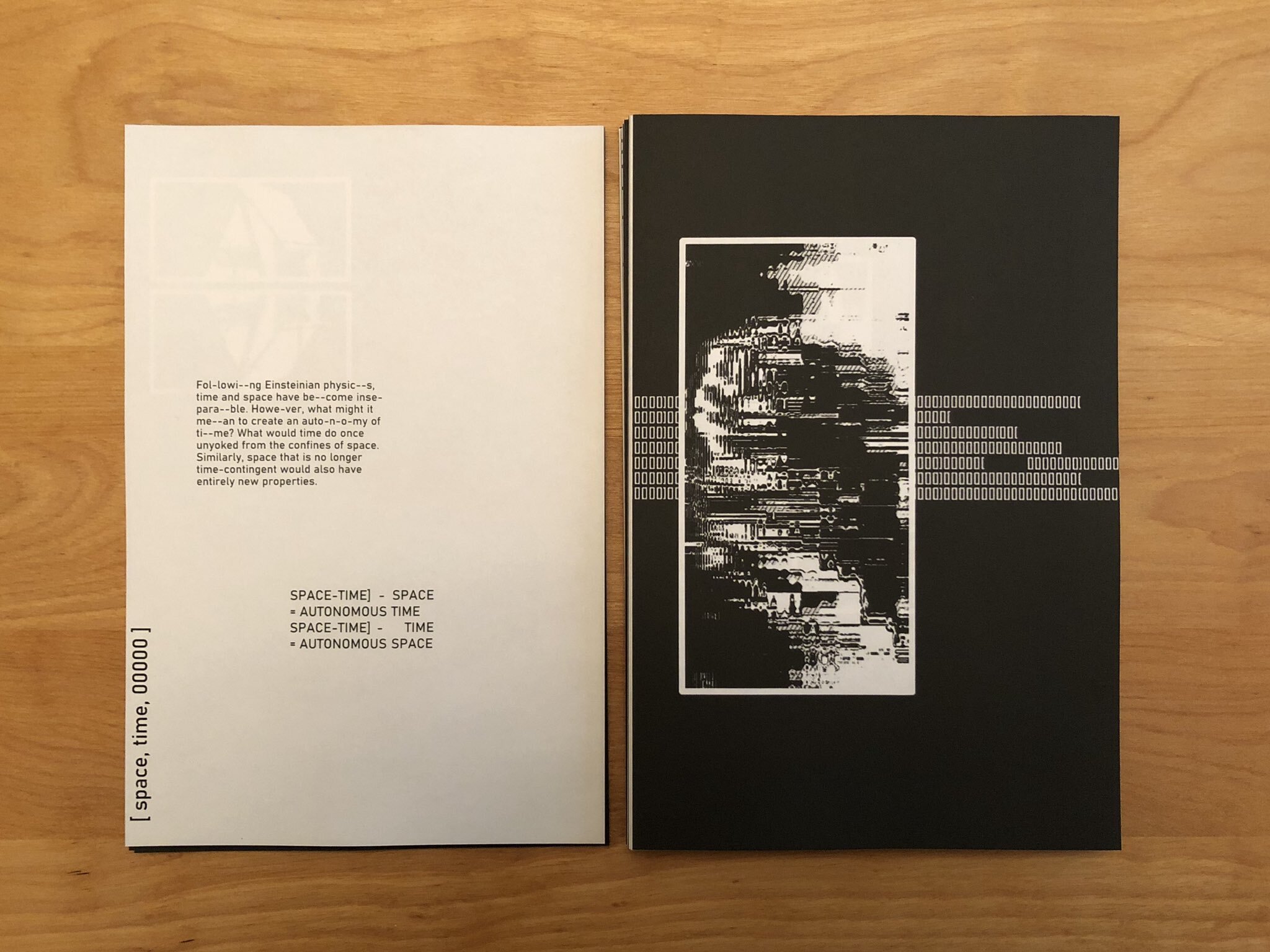
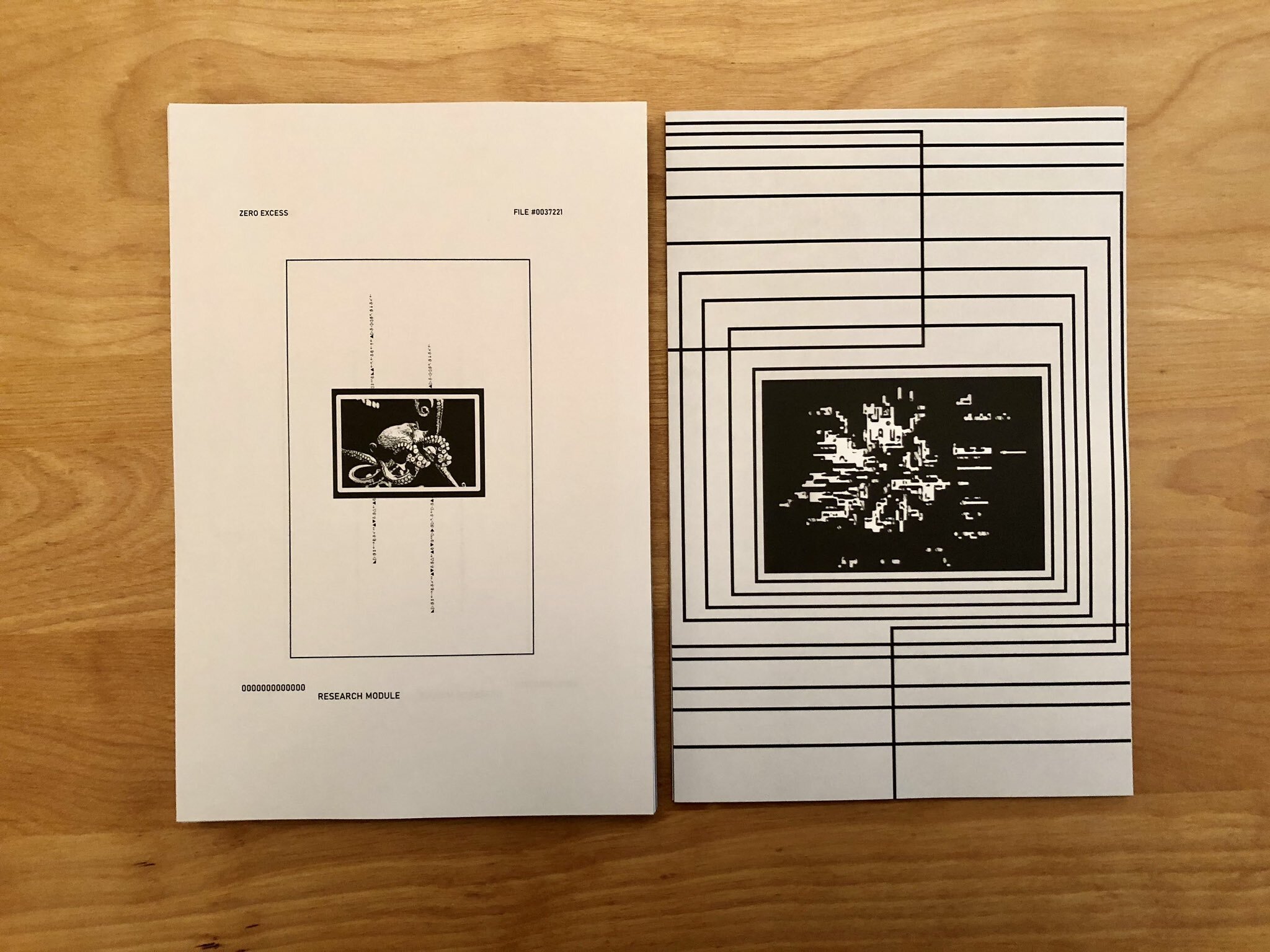
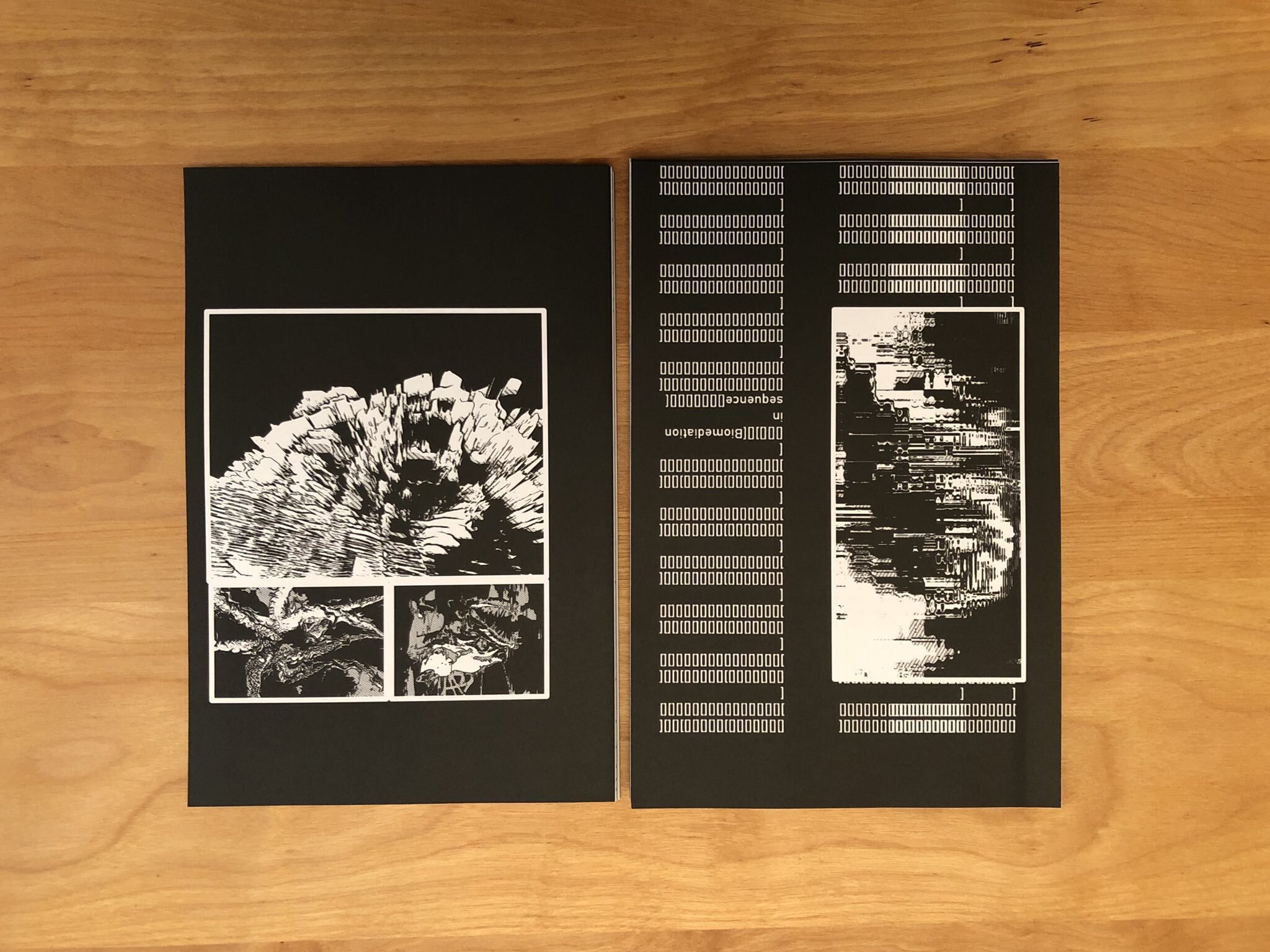

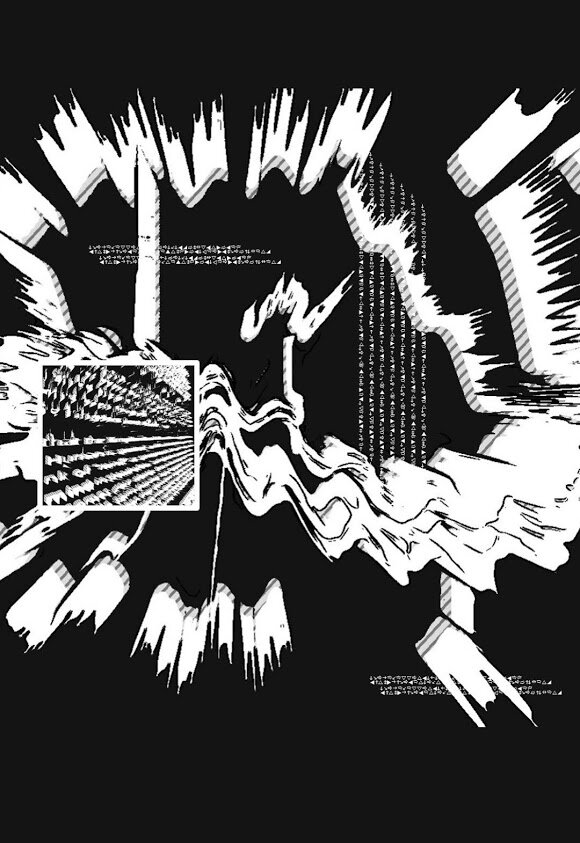
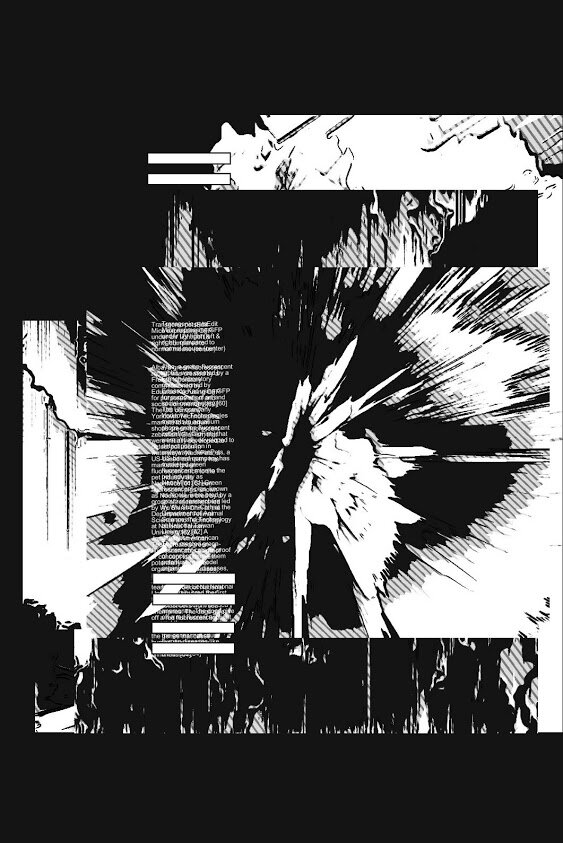
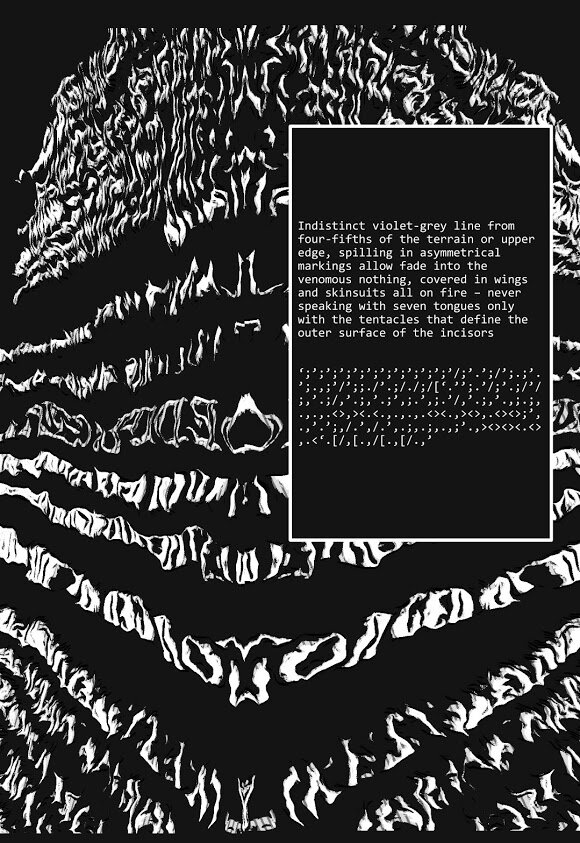
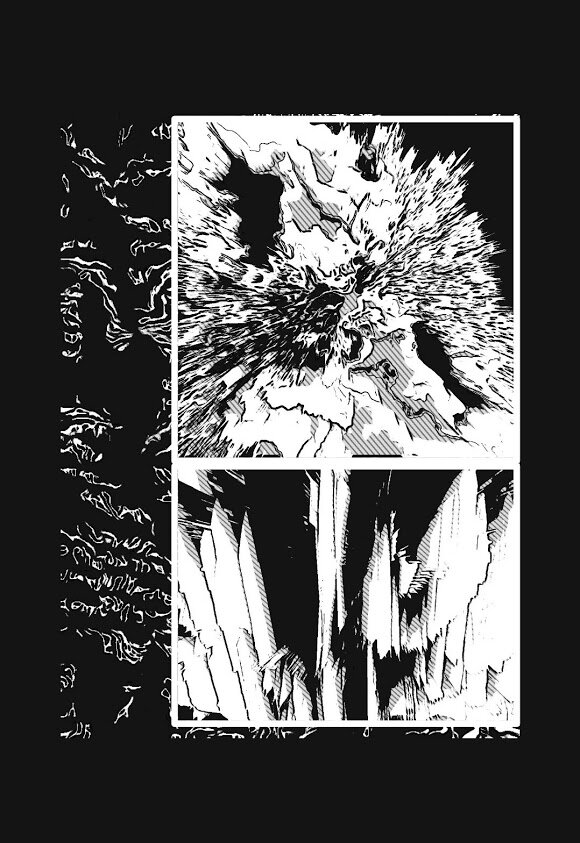
11:11: It seems like a lot of authors view the text as an extension of themselves. As a part of their interior being revealed to the public. Do you feel that way about your own work? Or do you think of ZER000 EXCESS as something else entirely?
JR: It's really difficult to say. I guess I don't really think in these terms. Certainly ZE is somehow connected to me, as the collector or organizer or writer of the work, but I don't know if I think about it as revealing my interior to some sort of audience. I certainly think it reveals some of my internal modes of processing becoming externalized -- or to put it more clearly, it is a tracing of my reading and writing practice. The book is a cataloging of the way I read on the internet. All the delays, stuttering shifts, slow scrolling was restructured and converted into a book. It's a process of transfer that goes through me as some sort of conduit or filter. So this is an extension of me in some ways, but I'm more interested in the circulation and processing that occurs in between these encounters.
11:11: There is this really incredible section, towards the end, where you kind of zoom out. And create this sequence of the book seemingly archiving itself. Playing into these recurring themes / images of amassing data and obscured digital zones.
JR: I'm really interested in the actual process of archiving with all of its mundanity: Scanning, tagging, transcribing, cataloging, etc. There is something soothing in the repetitive process of maintaining information.
11:11: Where do those pages go after the book has archived them?
JR: I imagine that these pages will eventually find themselves in some other project, existing as some sort of connective tissue between these works. For now, they'll sit on my hard drive.
11:11: Reading ZER000 EXCESS, you can’t help but feel as if there is something lingering in the background, behind the face of the page. As if SPLICER or another creature is peering through the blankness of the white surface. Is there something behind the facade / hiding beneath the surface of the text?
JR: I've been thinking about this more as in between than below. Like, it's less obscured by the surface and more unnoticed because we're moving too quickly from site to site (or page to page). If you slow down, the blankness or absence materializes into something else. The nothingness of the page becomes present. In relation to the sort of depth dimension you used to frame the question, it might be considered a shifting of layers, bringing the background into closer proximity to the reader/viewer/user.
11:11: Some readers might think they’ve found a mistake we missed during the editing process. What’s your intention behind creating a book with errors / glitches?
JR: I like to think of these errors or glitch artifacts as particularly interesting sites of reading. There remains some sort of strangeness around the unpredictable nature of these traces, emerging somewhere in the process or transfer in textual matter.
Most emerged unintentionally, but they remain as evidence of the process. It could also be some entrance point for the unknown to enter textual space. I like Kim Cascone's idea of errormancy, where these types of weird occurrences (glitches) can be interpreted as ruptures in reality -- portals or cuts within the world as we know it. As these glitches accumulate, they can begin to map potential space within the unknown. The glitches, when charted and collected, can open up spaces that seem impossible outside the space of the book. However, it's also a risk that the ambient horror can re-emerge within these blurry spaces. By directing your attention to glitches, and cultivating environments that invite them, there is an openness to uncertainty and unexpected patterns.
11:11: It seems like you’re part of this growing community of writers (M Kitchell, Mike Corrao, Maure Coise, Aase Berg) creating these dynamic and really physically-oriented texts. Works that desire to be encountered in person, and held in the hands. Navigated in real time.
JR: I really like this cluster of writers you reference and have found their approaches to materiality and the spatial configuration of the page incredibly compelling. I notice the quick shift in the question from physical or spatial encounter to navigating in time. The space of the book is constructed as a weird temporal warp -- you're both present with the text and can experience the original language out of its original context. This extraction both distorts and proliferates meaning.
11:11: Are there any books or authors that you’re excited about right now?
JR: You already named a few (Kitchell, Coise, Berg, & Corrao) but here are some writers/artists/designers I've been really into recently:
Rosa Menkman, Astrid Lorange, Ava Hoffman, Thomas Moynihan, Joey Yearous-Algozin, Nick Briz, Madison McCartha, Shiv Kotecha, Paul Soulellis, Aria Dean, Nora Fulton, Paparutzy, American Artist, Yvette Granata, Myung Mi Kim, Vi Khi Nao, Grant Maierhofer, Joe Hall, Jon Rutzmoser, Danny Snelson, Craig Dworkin, Amy Ireland, Tiger Dingsun, Wilmer Wilson, and Tan Lin.


